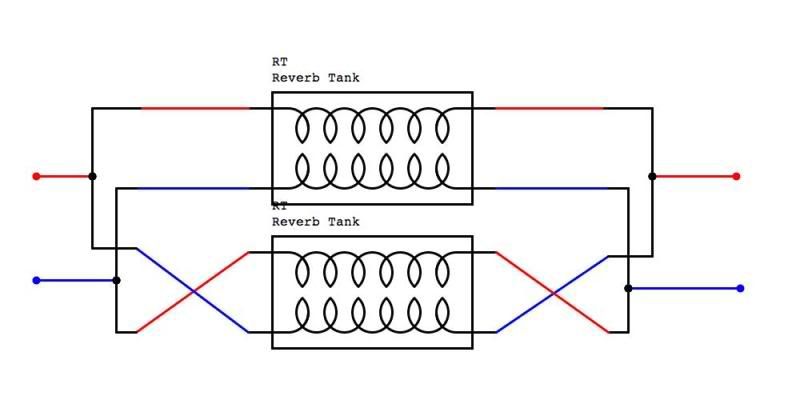zerotronics
New member
Fascinating discussion...
First a disclaimer: I am not here to extol the virtues of my products or to tell you how to build them. That is something you will have to do for yourselves...
Now, on the subject of driver design and impedance matching: the name of the game is power transfer and as we all know (or at least, should know), the point of maximum power transfer occurs when the source and load impedances are equal. In practice, a source impedance that is less than the load impedance works fine; it just means that you have more power than you need and that you can drive multiple loads, up to the point where the combined load impedance equals or exceeds the source...
So, to design any kind of driver, you need to know the load impedance and also, you need to have some idea of how much power (P = V x I) you need to deliver to the load. Then you can work back to the required voltage and current by using V = sqrt(P x R) and I = sqrt(P / R).
For example, to deliver 100 mW of power to a 10 ohm load, you will need 1V @ 100 mA. But to deliver the same amount of power to a 1925 ohm load, you will need about 14V @ 7 mA. So, if you're designing a driver that's going to run off of a 9V battery or the 5V provided by USB, you need to choose the right load impedance that allows you to deliver the power that you need with the voltage and current that you have...
First a disclaimer: I am not here to extol the virtues of my products or to tell you how to build them. That is something you will have to do for yourselves...
Now, on the subject of driver design and impedance matching: the name of the game is power transfer and as we all know (or at least, should know), the point of maximum power transfer occurs when the source and load impedances are equal. In practice, a source impedance that is less than the load impedance works fine; it just means that you have more power than you need and that you can drive multiple loads, up to the point where the combined load impedance equals or exceeds the source...
So, to design any kind of driver, you need to know the load impedance and also, you need to have some idea of how much power (P = V x I) you need to deliver to the load. Then you can work back to the required voltage and current by using V = sqrt(P x R) and I = sqrt(P / R).
For example, to deliver 100 mW of power to a 10 ohm load, you will need 1V @ 100 mA. But to deliver the same amount of power to a 1925 ohm load, you will need about 14V @ 7 mA. So, if you're designing a driver that's going to run off of a 9V battery or the 5V provided by USB, you need to choose the right load impedance that allows you to deliver the power that you need with the voltage and current that you have...



